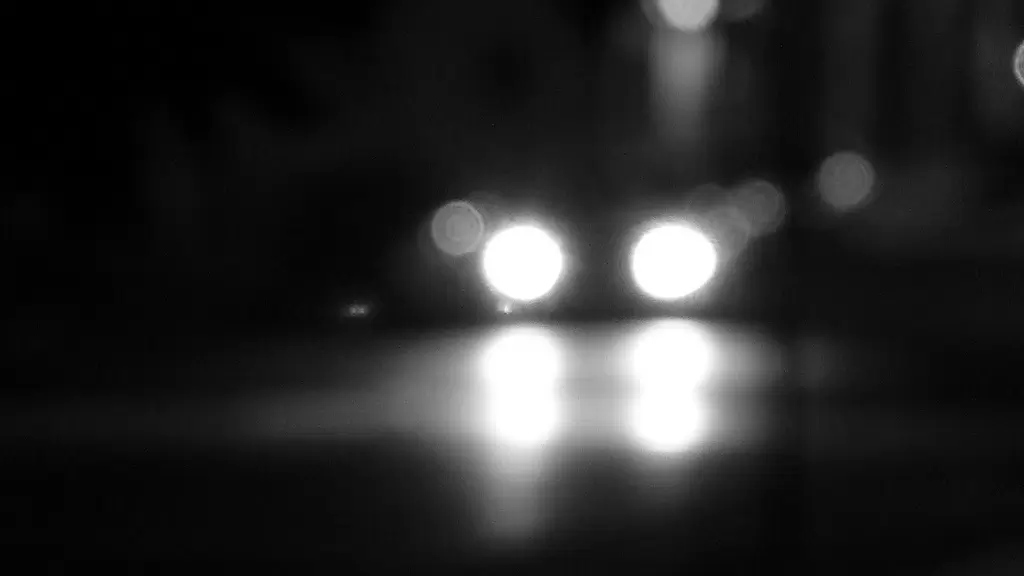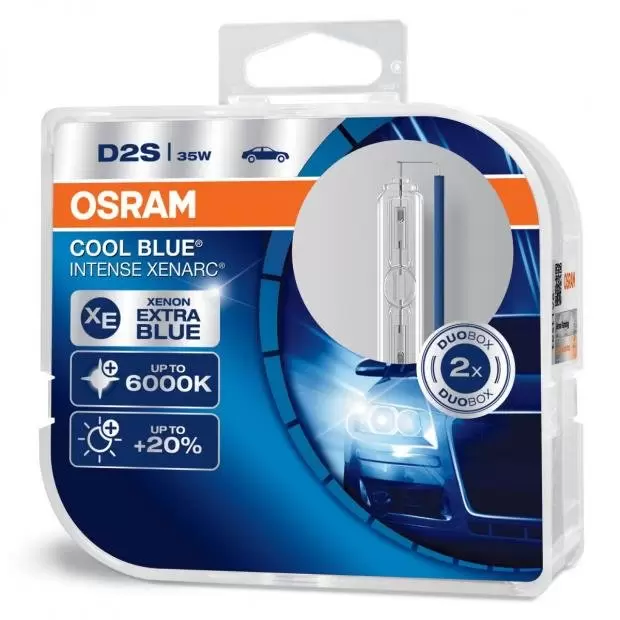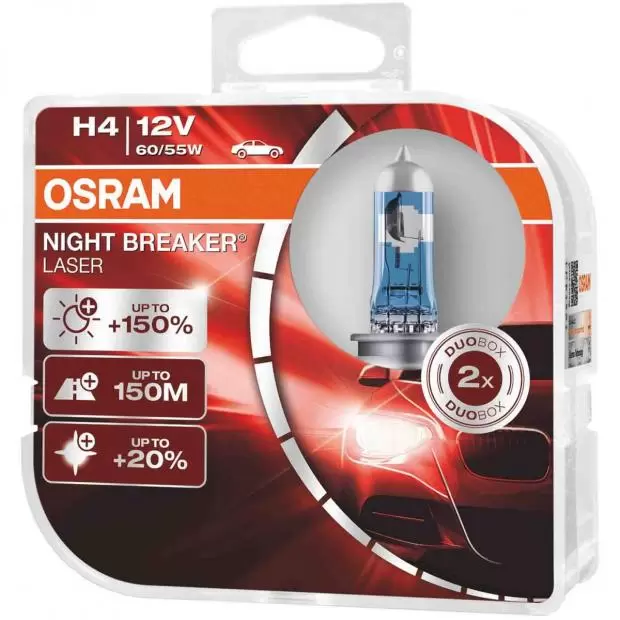Yellow lights
For decades, all headlights had a yellow tint. The very first headlights that were invented were powered by acetylene lamps, which produced a yellow light than today's headlights. As electric headlights became popular, yellow light was believed to be better.
In the 1930s, selective yellow light was used in many headlights. These were designed to filter out any blue tones and thus emit a yellower light. Early studies showed that yellow light was less dazzling to other drivers, making it a safer colour for headlights. Yellow light also cuts through rain, snow and fog better than white or blue light.
Although yellow headlights were more popular for decades, most countries allowed either yellow or white. The exception to this is France. From 1936 all the way up to 1993, vehicles by law were required to have yellow headlights. Today, either white or yellow headlights are permitted in most countries around the world.
However, yellow lights have fallen out of popularity as headlights. Whilst yellow light improves visibility in wet or foggy conditions, it can also be harder to see with yellow lights in clear conditions. As a result, many vehicles today use yellow lights only as fog lights.
Yellow bulbs are still available from some manufacturers, PIAA produce the Hyper Arros Ion Yellow
White lights
White lights are the most popular colour for the headlights of today. In many countries, headlights are no longer allowed to be yellow and must be white in colour. European regulations, for example, require all new vehicles to be manufactured with white headlights.
 White light is preferred for many reasons. A whiter light mimics the appearance of sunlight and improves visibility. Additionally, the filters used to create selective yellow light dim the brightness of headlights. White light is unfiltered, making it brighter.
White light is preferred for many reasons. A whiter light mimics the appearance of sunlight and improves visibility. Additionally, the filters used to create selective yellow light dim the brightness of headlights. White light is unfiltered, making it brighter.
As headlight technology improves, some bulbs skew towards the blue end of the spectrum (rather than yellow). Xenon HIDs, which are brighter than the old halogen bulbs, often have a blue tint. This is fine, up to a certain point, but headlights that are too blue are less effective.
The idea headlight colour is pure white. When searching for white headlight bulbs, pay attention to the colour temperature. Bulbs with a Kelvin rating of around 4000K for halogen bulbs or 5000K for xenon HID are the whitest and brightest.
For the whitest xenon HID bulbs, check out the OSRAM Xenarc Cool Blue Intense range. At up to 6000K, these bulbs are extremely white and deliver excellent performance. Shop OSRAM Xenarc Cool Blue Intense here.
If you're looking for white halogen bulbs, Philips Diamond Vision has a bright white light with a blue tint. Please note, however, that these bulbs are not road legal. Shop Philps Diamond Vision here.
Did you enjoy this article? Do you have any further information that we've missed? Please let us know via our Facebook page.
About the Author
 John Conboy is the founder of PowerBulbs.com, a UK based automotive lighting specialist, which ships bulbs worldwide. John has 20+ years experience in the industry and in that time has become an approved partner of Philips and OSRAM.
John Conboy is the founder of PowerBulbs.com, a UK based automotive lighting specialist, which ships bulbs worldwide. John has 20+ years experience in the industry and in that time has become an approved partner of Philips and OSRAM.




























 Close
Close